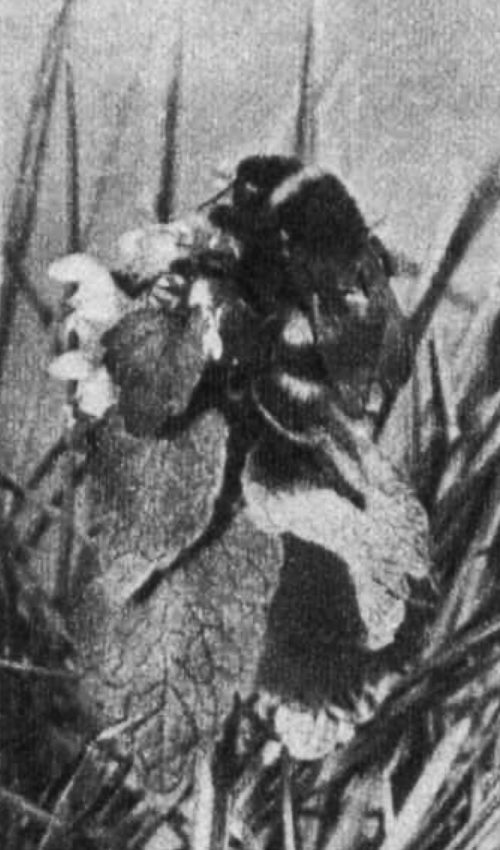Stars with a sting
Meet wildlife cameraman Norman Langley


Temperamental, unpredictable and camera-shy. The stars of People Like Us, ITV’s new wild-life series, which begins on Tuesday at 10.5, have all these traits. Among them, also, are stars with a sting.
The series, filmed and directed by 28-year-old cameraman Norman Langley, will include shots of bumble bees building a home, jackdaws swooping on a herd of deer and swarms of ants at work and play.
But how, I asked Norman, do you film the life of an ant? Or a pair of jackdaws perched perilously 50ft. above the ground in an old priory?
Everything, he assured me, was achieved by a combination of logic, instinct and supreme patience. I would rather put it down to ingenuity and clever improvisation.
The series compares the animal society with the human society, hence the title. The programmes will be looking at various kinds of animal societies — from the insect to the ape — and will show how the individual fits into the remarkable pattern that nature has evolved.
The first programme deals with bumble bees. They will be seen flitting over the ground, house-hunting. Their site might be an old mouse-hole, a tussock of dead grass, a discarded sack, or an old tea-chest in a shed.

“We ran and crawled over fields and streams trying to shoot them,” said Norman. “To do close-ups I had to get within two or three inches with my 63 mm. lens.
“Of course, it takes time. Six months on and off to film the bumble-bee story.”
Part of the bumble-bee story was shot indoors, with the bees in specially constructed hives with glass fronts.
Here, for the first time, Norman encountered his biggest problem of the series. How to get the subject used to the powerful light needed for filming?
“After a while,” he said, “the honeycomb in our beehive used to melt. And the bees were buzzing around frantically trying to do running repairs.
“In the end we tried to cool them off with strategically placed fans.”
Norman and his team had to take several close-ups of clusters of flowers swarming with bees — and it was then that he discovered the sting in his “stars.”
“We were all a bit apprehensive,” he said. “More so after the technical adviser got stung!”
Norman — six years working on programmes like Animal Story and Breakthrough — found the trickiest subject in the six-programme series was the ant.
“They disliked the heat, too,” he said. “We could never get them used to it.” Shooting was divided between an ant-heap in a Surrey wood, and an artificial nest of plaster, sandwiched between glass.
In the programme dealing with the jackdaws the problem facing Norman was how to get up to them in their castle at Ripley, Surrey. In the end, the team built a scaffold and used a massive 600 mm. lens to get close-ups.
The jackdaws also provided one of the most unusual shots in the series. In Richmond Park — a few miles from Ripley as the jackdaw flies — they were filmed swooping down on deer, stealing tufts of hair from their backs to line their nests.
Oddly enough, the deer seemed resigned to losing their winter coats this way.



